 Internationally renowned chemical biologist Dr. Carolyn Bertozzi, whose research is applied worldwide in the biopharmaceutical industry, has achieved extraordinary success for her pioneering inventions in the field of biotechnology.
Internationally renowned chemical biologist Dr. Carolyn Bertozzi, whose research is applied worldwide in the biopharmaceutical industry, has achieved extraordinary success for her pioneering inventions in the field of biotechnology.
Jun 2nd, 2010
Read more
'The Singularity is Near: A True Story About the Future' documentary film by inventor, futurist Ray Kurzweil makes world premiere in competition on June 12th.
Jun 2nd, 2010
Read more
ion-mask, P2i's world-leading liquid repellent nano-coating for footwear and lifestyle products, has taken the web by storm after featuring in 'Liquid Mountaineering' - a video viral that has generated more than four million hits on YouTube.
Jun 2nd, 2010
Read more
Wissenschaftler aus Hannover und Jena haben eine neue Methode entwickelt, die einen Siliziumkristall zum perfekten Spiegel macht: Sie haben in seine Oberflaeche ein speziell strukturiertes Nano-Gitter geaetzt.
Jun 2nd, 2010
Read more
Experts from key EU projects united in Brussels at Nanomedicine in Europe today to deliver a strong message to the European Parliament that concerted and coordinated action is needed to ensure the widespread benefits offered by advances in nanomedicine are not squandered.
Jun 2nd, 2010
Read more
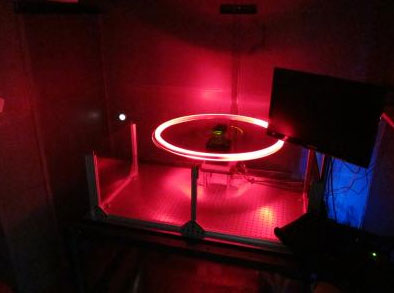 Scientists have developed a new massively-parallel approach for manipulating single DNA and protein molecules and studying their interactions under force.
Scientists have developed a new massively-parallel approach for manipulating single DNA and protein molecules and studying their interactions under force.
Jun 2nd, 2010
Read more
Hat-trick for University of Montreal scientists.
Jun 1st, 2010
Read more
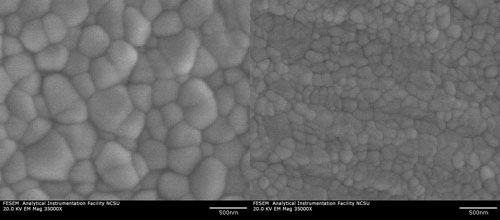 Researchers from North Carolina State University have found that applying a small electric field results in faster formation of ceramic products during manufacture at lower temperatures, and enhances the strength of the ceramic itself.
Researchers from North Carolina State University have found that applying a small electric field results in faster formation of ceramic products during manufacture at lower temperatures, and enhances the strength of the ceramic itself.
Jun 1st, 2010
Read more
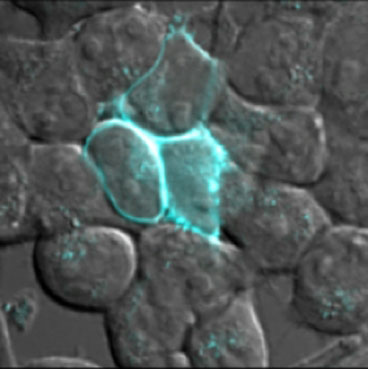 MIT researchers have designed a fluorescent probe that can be targeted to different locations within a cell.
MIT researchers have designed a fluorescent probe that can be targeted to different locations within a cell.
Jun 1st, 2010
Read more
A team of Duke University chemists has perfected a simple way to make tiny copper nanowires in quantity. The cheap conductors are small enough to be transparent, making them ideal for thin-film solar cells, flat-screen TVs and computers, and flexible displays.
Jun 1st, 2010
Read more
EU-funded scientists have succeeded in demonstrating the feasibility of components for a kind of 'biocomputer', paving the way for new advances in the field of bioengineering.
Jun 1st, 2010
Read more
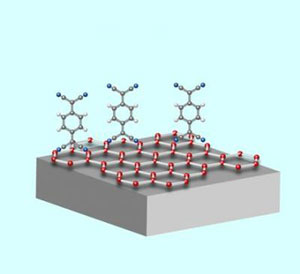 An organic molecule that has been found to be effective in making silicon-based electronics may be viable for building electronics on sheets of carbon only a single molecule thick.
An organic molecule that has been found to be effective in making silicon-based electronics may be viable for building electronics on sheets of carbon only a single molecule thick.
Jun 1st, 2010
Read more
Workshop will focus on tip-based lithography for bioengineers.
Jun 1st, 2010
Read more
The mystery surrounding what happens when bubbles collide has finally been busted. And knowing how bubbles bounce apart and fuse together could improve the quality of ice-cream and champagne as well as increase efficiency in the mining industry.
Jun 1st, 2010
Read more
The Second ICPC Nanonet Annual Workshop takes place on 14th and 15th June in Beijing, China, prior to the famous Dragon Boat Festival.
Jun 1st, 2010
Read more
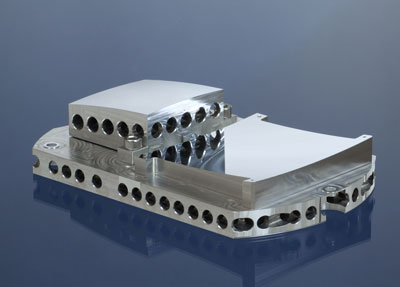 Metal mirrors made with extremely high precision and exactly positioned are the key elements of modern telescopes. A new production technique enables complex optical surfaces to be manufactured with excellent trueness of shape and hitherto unattained positional accuracy.
Metal mirrors made with extremely high precision and exactly positioned are the key elements of modern telescopes. A new production technique enables complex optical surfaces to be manufactured with excellent trueness of shape and hitherto unattained positional accuracy.
Jun 1st, 2010
Read more
 Internationally renowned chemical biologist Dr. Carolyn Bertozzi, whose research is applied worldwide in the biopharmaceutical industry, has achieved extraordinary success for her pioneering inventions in the field of biotechnology.
Internationally renowned chemical biologist Dr. Carolyn Bertozzi, whose research is applied worldwide in the biopharmaceutical industry, has achieved extraordinary success for her pioneering inventions in the field of biotechnology. 





 Subscribe to our Nanotechnology News feed
Subscribe to our Nanotechnology News feed